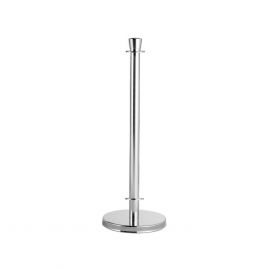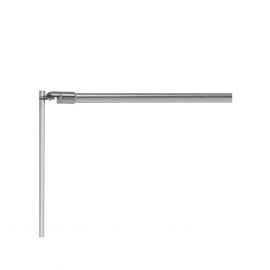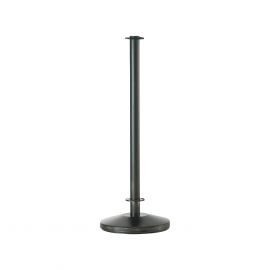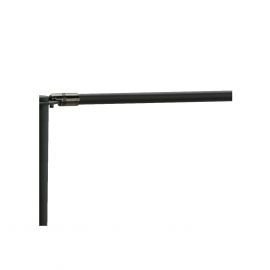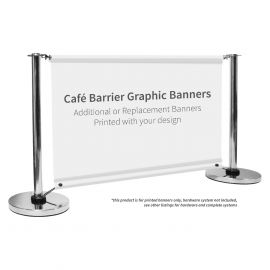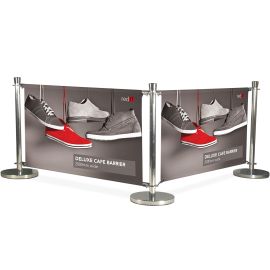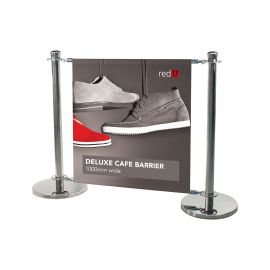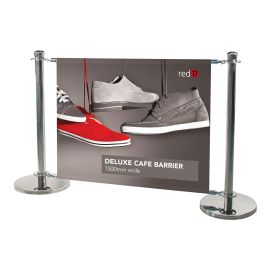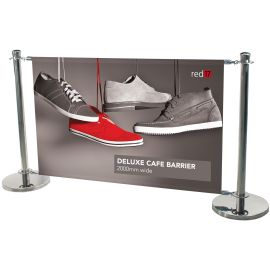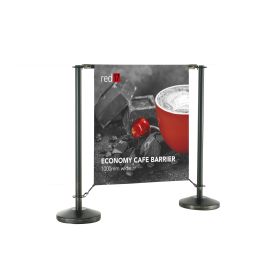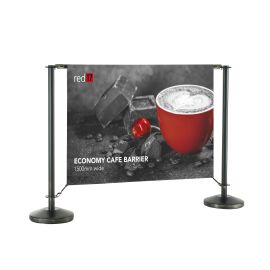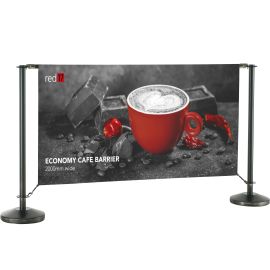Cafe Barriers - A Buyer's Guide
- 14 Jul 2018
Does your business or organisation have access to outdoor space? Perhaps you run a cafe or pub? Do you attract business from passing trade? If you answered yes to any of these questions, your business could most likely benefit from an outdoor seating area.
You will no doubt have some chairs and tables for your customers to sit at. Let's face it. Eating and drinking outdoors is an enjoyable experience during the summer months! Of course, it's not just cafes, pubs and restaurants that have customers sitting outside. Other examples include sports centres, health spas, and more.
As you can imagine, people will want some privacy when sitting outside of your premises. One innovative solution is to fit cafe barriers. In a nutshell, they are systems designed to divide and enclose outdoor spaces.
The beauty of cafe barriers is they offer three distinct advantages. The first one is to give your customers some privacy outdoors, of course. The second is that most cafe barriers are portable. That means you can move them around to suit your needs in many cases. And, third, you can use cafe barriers as a form of advertising and marketing for your business!
Cafe barriers are also useful as a form of crowd control. For example, let's say that your establishment often has queues of people going into it. You can use cafe barriers to define a distinct queuing area for your customers. Plus, you can also use those barriers to promote what you're selling.
So, now you know the advantages of using cafe barriers for outdoor spaces. The next question on your mind will be how to choose the right ones for your needs. Plus, you may also be wondering if you need any planning permission from your local council. Here is what you need to know:
What type of cafe barriers do you need?
The answer will depend on their intended use. For example, let's say you wish to use cafe barriers in exposed outdoor spaces. For high-traffic situations, it makes sense to use ones with stronger posts and bases.
For sheltered areas, you may only need to use cafe barriers with lightweight posts and bases. It's important to determine their primary use before selecting a system. Lightweight cafe barriers have 10-12.5 kg posts and bases. Meanwhile, premium models designed for high-traffic areas have 18 kg ones.
Aside from post and base construction, you should also consider the type of barriers you wish to use. For instance, you can get PVC or printed fabric banners. The former are cost-effective, lightweight and strong. The latter option offers canvas material that can get used indoors or outdoors.
PVC banners can get printed on one or both sides. You can also get mesh PVC banners that allow the wind to pass through them.
What about planning permission?
Each council has their own guidelines and restrictions on cafe barriers. It's worth talking to your local council's planning department for further information. That's because, in some cases, you might get asked to submit site plans for your cafe barriers.
You should also bear in mind that post bases should allow wheelchairs to pass over them. Otherwise, you could end up falling afoul of Equality Act rules.
